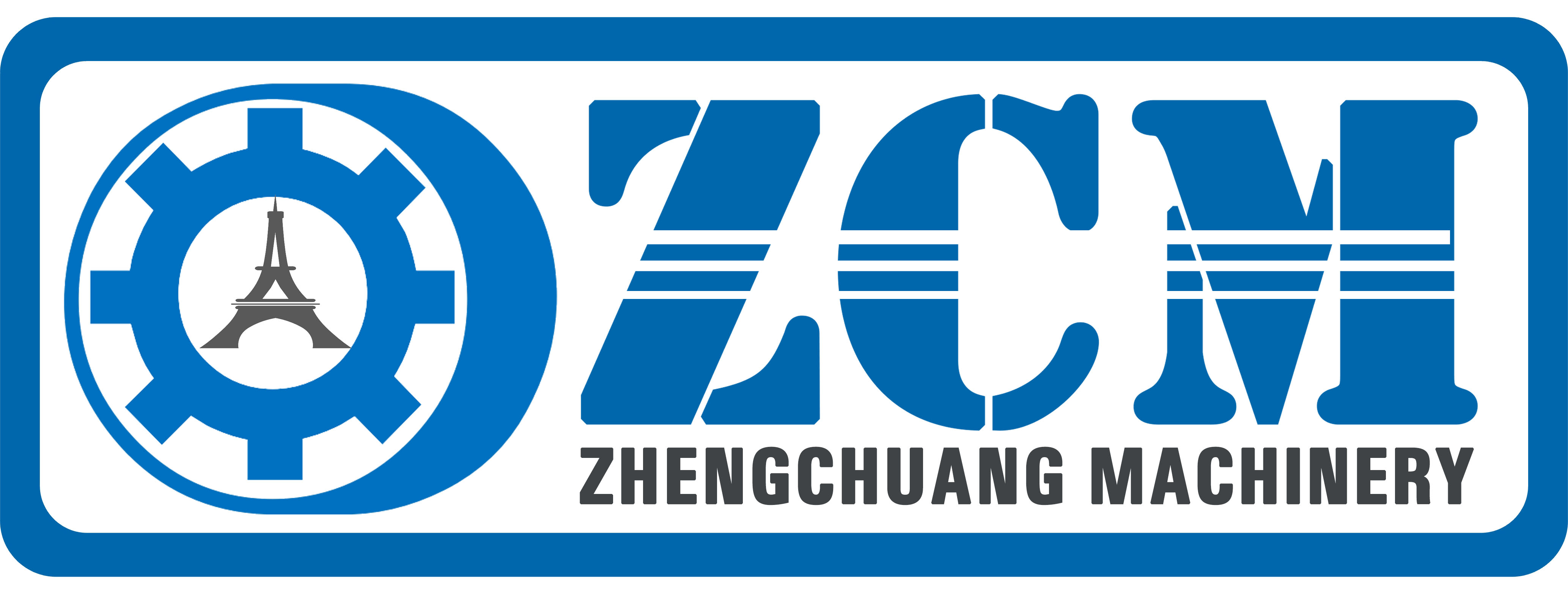|
Machine Specifications |
|
|
Weight |
About 3500kgs |
|
Size |
About 6m x 1.6m x 1.5m (length x width x height) |
|
Color |
Main color: blue |
|
Warning color: yellow |
|
|
Suitable Raw Material |
|
|
Material |
Galvanized Steel Coils |
|
Thickness |
0.3-0.6mm |
|
Coil width |
153mm and 175mm |
|
Yield Strength |
235Mpa |
|
Main Technical Parameters |
|
|
Quantity of forming rollers stations |
12-14 |
|
Diameter of forming rollers shafts |
60mm |
|
Roll Forming Speed |
15-20m/min |
|
Forming rollers material |
No.45 steel, coated with chromed treatment |
|
Cutter material |
CR12 mould steel, with quenched treatment |
|
Controlling system |
PLC and Converter |
|
Electric Power requirement |
Main motor power: 5.5kw |
|
Hydraulic unit motor power: 3kw |
|
|
Electric voltage |
According to customer’s requirement |
Steel building is a metal
structure fabricated with steel for the internal support and for exterior
cladding, as opposed to steel framed buildings which generally use other
materials for floors, walls, and external envelope. Steel buildings are used
for a variety of purposes including storage, work spaces and living
accommodation. They are classified into specific types depending on how they
are used.
Steel provides several advantages over other building materials, such as wood:
• Steel is a "green" product; it is structurally sound and
manufactured to strict specifications and tolerances. It is also energy
efficient. Any excess material is 100% recyclable.
• Steel does not easily warp, buckle, twist or bend, and is therefore easy to
modify and offers design flexibility. Steel is also easy to install.
• Steel is cost effective and rarely fluctuates in price.
• Steel allows for improved quality of construction and less maintenance, while
offering improved safety and resistance.
• With the propagation of mold and mildew in residential buildings, using steel
minimizes these infestations. Mold needs moist, porous material to grow. Steel
studs do not have those problems.
-
Roll forming machine
- CZ Purlin Roll Forming Machine
- Roof Sheet Roll Forming Machine
- Wall Sheet Roll Forming Machine
- Drywall Stud Track Roll Forming Machine
- Strut Roll Forming Machine
- Highway Guardrail Roll Forming Machine
- Floor Deck Roll Forming Machine
- Roller Shutter Door Roll Forming Machine
- Cable Tray Roll Forming Machine
- Steel Silo Roll Forming Machine
- Racking Shelf Roll Forming Machine
- Store Plate Roll Forming Machine
- Square Tube and Round Tube and Pipe Roll Forming Machine
- Gutter Roll Forming Machine
- K-span Roll Forming Machine
- Other Special Shape Roll Forming Machine
- Sandwich Panel Line
- Slitting and cut to length line
- Auxiliary machine
- Folding container




